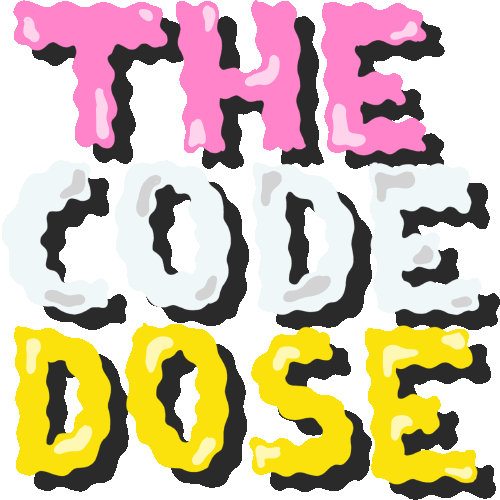HTML, or HyperText Markup Language, is the standard markup language for creating web pages. Because it has been modified and changed several times over the years, certain HTML tags and elements are no longer in use or have been deprecated. This blog will examine some of the HTML tags that are no longer in use, as well as the alternatives that have been developed.
acronym
This tag was used to define an acronym for a word. It has been taken out in favour of the <abbr> tag, which performs the same purpose and is more widely supported in modern browsers.
applet
This tag was used to embed a Java applet on a webpage. Newer technologies such as JavaFX and HTML5, which provide more powerful and versatile options for embedding multimedia content on web pages, have surpassed it.
basefont
This tag was used to specify a default font, size, and colour for the text on a webpage. It has been deprecated in favour of using CSS styles to control the appearance of text on a webpage.
big
This tag was used to increase the size of the text on a webpage. It has been deprecated in favour of using CSS styles to control text size, as it provides more flexibility and better support in modern browsers.
center
This tag was used to center elements on a webpage. It has been deprecated in favour of using CSS styles to control the alignment of elements on a webpage.
font
This tag was used to specify the font, size, and colour of text on a webpage. It has been deprecated in favour of using CSS styles to control the appearance of text on a webpage.
frame
This tag was used to divide a webpage into separate frames. It has been deprecated in favour of more modern layout technologies such as CSS and HTML5, which provide more flexible and responsive options for creating web page layouts.
frameset
This tag was used to create a set of frames on a webpage. It has been deprecated in favour of more modern layout technologies such as CSS and HTML5.
isindex
This tag was used to create a search box on a webpage. It has been deprecated in favour of newer technologies such as HTML5, which provide more robust and flexible options for creating search forms.
s
This tag was used to strikethrough text. The <strike> or <del> tags, which do the same thing and have more significant support in contemporary browsers, have replaced it as the preferred tags.
Conclusion
It's worth noting that while these tags are no longer widely used, they may still be supported by some web browsers. However, to ensure that your web pages are presented correctly on all devices, utilizing the newer, more widely supported alternatives is typically recommended.
Finally, HTML has developed dramatically over time, and several tags and elements formerly widely used are no longer in use. It is essential to remain current with the newest web development technology and techniques to build the best and most effective web pages.




